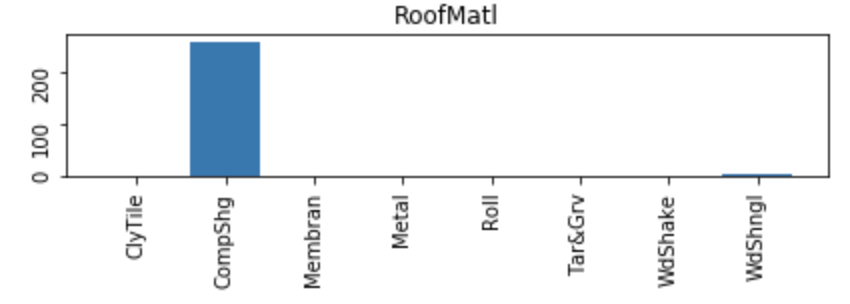I am working on a dataset from Kaggle (housing price prediction). I have done some pre-processing on the data (missing values, category aggregation, selecting ordinal vs one-hot). I am trying to implement a pipeline to streamline the code. The pipeline consists of a ColumnTransformer with two components: one component contains a standard scaler applied to numerical and ordinal features; the second component has a one-hot encoder for the remaining set of features. I am passing this transformer to a GridSearchCV object to tune hyperparameters. In this case, it is a LASSO model. So, I am trying to tune the coefficient of the penalty term. The problem is some of the one-hot encoded features are highly skewed with the count in mostly one category. When GridSearchCV tries to run cross-validation, it raises an error saying that unknown categories are found while validating the model. I think this happens because while fitting the one-hot encoder the train set doesn't contain data points with specific labels that show up in the validation set. One obvious way to handle this would be to fit a one-hot encoder, keep it aside and then build a pipeline and carry on with the grid search (/validation) steps. This seems a bit disconnected to me considering the notion of pipeline was defined for exactly this purpose. Maybe I am missing something here. Is there a better (/efficient) way to achieve the above rather than separating the one-hot encoder from the pipeline?
For reference, the data for the above histogram,
- Category Counts
- CompShg 1434
- Tar&Grv 11
- Tar&Grv 11
- WdShngl 6
- WdShake 5
- Roll 1
- ClyTile 1
- Metal 1
- Membran 1

